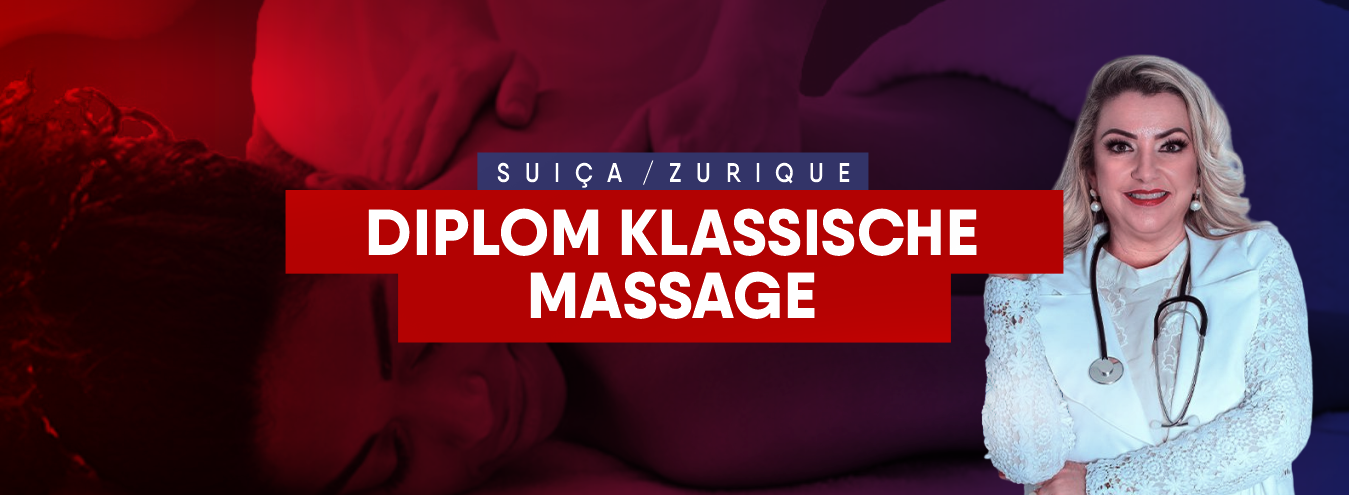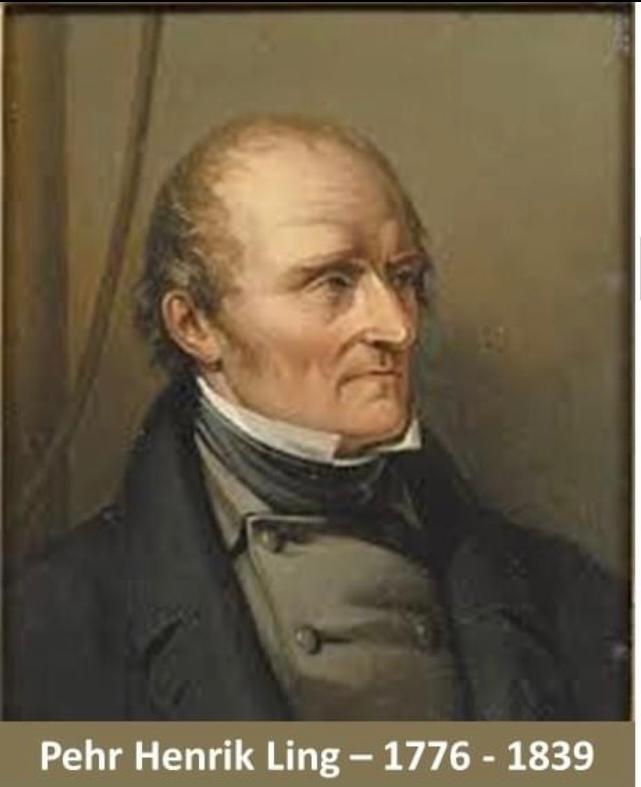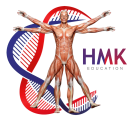Diplom Klassische Massage

- Category: Professional Courses
Course Description
A classic massageSpecifically, it falls into the broad category of physiotherapy techniques and massage therapists. Today it is also commonly known as Swedish massage. This name comes from the name of its creator, the Swedish physician and physiotherapist PETER HENRIK LING (1776-1839) who first systematized the massage technique into a method, defining indications, contraindications and manual skills.
Based on Ling's methods, which were spread throughout Europe by his students, the German orthopedist Albert Hoffa and the Dutch doctor Johan Georg Mezger developed the massage techniques.


Classical Massage basically consists of five movements (long, circular, transverse, plowing and rubbing) as well as stretching and manipulations in the direction of blood flow to improve circulation. The treatment uses oils that help reduce friction and make the skin softer. Your therapist will help you de-stress, while at the same time improving your immune system. Even if you don't have a specific concern, studies show that massage has a positive influence on your general health.
Who can benefit from classical massage?
People of any age, from athletes to ordinary workers, will feel the benefits of this treatment, helping to relax muscles and reduce inflammation.
The main physiological benefit of this massage is the expulsion of lactic acid from the muscle fibers. It is very useful for athletes and people with muscle pain due to tension.
In addition, the benefits are evident in all organic systems, such as the skeletal, muscular, nervous, circulatory, respiratory, digestive and fundamental regulation systems.
- People of all ages
- People who want to relax or reduce stress or anxiety
- People who want to relieve tension, pain or bad moods
- People who have never had a massage and are looking for a relaxing and energizing treatment
- People who prefer a softer pressure
- People who want to feel calm and de-stressed
- People who are looking for more vigorous massages. Try shiatsu instead of classic massage
- Pregnant women
- People who have contraindications for massage in general, such as cancer, thrombosis, acute infections, hyperthyroidism, uncontrolled heart failure, viral processes, fever, high-risk pregnancy, uncontrolled hypertension, acute allergies
- Physical and mental relaxation, reduces stress and anxiety
- Muscle relaxation and cramp relief
- Increases blood circulation and the transportation of oxygen and nutrients to the muscles
- Increases lymphatic circulation, helps remove toxins and relieves swelling
- Strengthens the immune system and improves breathing and digestion
- Helps regulate sleep disorders
- Recovers repetitive strain injuries such as tendonitis
- Helps people with fibromyalgia.
Indications and contraindications for classical massage
The main contraindications for classical massage are people with fever, skin infections and heart disease. Avoid.
but massage usually has no contraindications.
Quality of a good massage therapist .
Possess psychophysical skills and qualities and also acquire good training, have the coordination to better dose your strength.
Lecturer

Patricia M. Lopes (Physiotherapist and Osteopath)
Patricia M.Lopes ( Physiotherapist and Osteopath )
- Workload: 300 hours (150 hours of Academic Medicine and 150 hours of Classical Massage Techniques)
- Language: Portuguese, English, German and Italian
- Certificate: Yes
- Location: Lerzenstrasse 27, 8953 Dietikon
- Theoretical and Practical Class
Course Content
- History of Classical Massage
- Introductions to the main manipulations
- Indications and contraindications for classical massage
- Patient Evaluation
- Decision for the best treatment: areas, time, pressure, etc.
- Basics of personal hygiene
- Anatomy and physiology of the active and passive locomotor system
- Differences between classic massage and sports massage
- Treatments before, during and after muscular activity
- spinal and pelvic manipulations
- Main pathologies of the locomotor system
- Practical applications for specific pathologies
- Corrective gymnastics introduction
- Muscle tests of the main muscles related to stretching exercises
- Therapeutic process and multidisciplinary approach
-
Clinical case studies and treatment approaches,
- FINAL EXAM: Test of theoretical and practical knowledge of clinical cases presented by the teacher and treatment approach.

